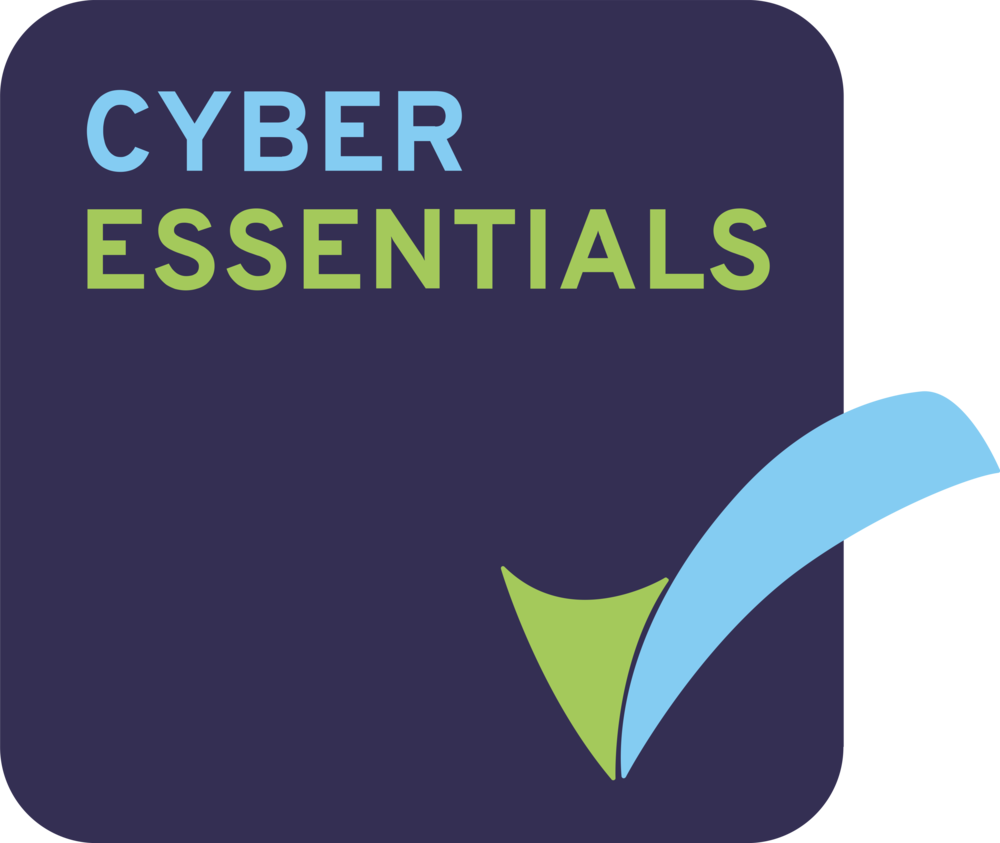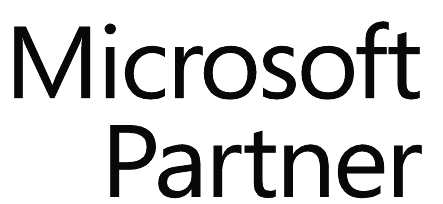Why is Workforce Management Scheduling & Planning Important?
In order to meet customer demands, workforce planners need to ensure that their Workforce Management scheduling & planning is up to scratch.
With the number of customer contact channels continuously increasing, workforce planning and scheduling can be an extremely complex and labour intensive job. Accuracy can quickly get compromised when variables such as agent training, absenteeism, holidays and staff work-time preferences are added into the equation.
Accurate shift patterns are the key for optimising resource and minimising expenses. They meet the dual purpose of ensuring service levels are efficiently met whilst providing work patterns that contribute to the employee’s work/life balance.
Related Content [Whitepaper]
Forecasting & Scheduling for Multi and Omni-channel Contact Centres
How to schedule for multi-skill and multi-channel in the Contact Centre
Multi-skill and multi-channel resource planning capabilities are a must for any customer today.
With workforce scheduling, a resource planning solution can forecast the requirements for each contact type across the day. It’s important to remember that the introduction of digital channels in your contact centre will affect both your forecasting and scheduling.
Workforce Management Forecasting
When carrying out scheduling & planning within your contact centre, you will need to capture historical activity regardless of channel, and provide new models to accurately reflect digital demand. This can sometimes be challenging as you need to understand how one channel may impact another. Do not assume that by introducing one channel the demand will decrease on another. In many cases we see customers trying multiple channels simultaneously or trying them sequentially with less patience shown as they quickly move on to another available channel, which in their minds will perhaps allow quicker access.
As well as this, a workforce management system will capture the volumes and handling times of activity on all channels, building a set of historical profiles. This will then be used to improve the accuracy of forecasts across different contact types for the future.
Spreadsheets and Erlang A tables are serving a purpose to some extent, but they have major shortcomings for the modern service operation (e.g. do not factor in customer patience), resulting in over-staffing and increased costs.
Related Content [Whitepaper]
12 Reasons Why Today’s Modern Contact Centre Needs Workforce Management
Workforce Management Scheduling
Manual rota creations through spreadsheets are possible, however to effectively schedule for a multi-channel organisation, WFM becomes a prerequisite.
WFM scheduling software on the other hand, not only tracks volumes for multiple contact types but will create multi-skilled employee schedules.
Below are two different approaches that can be catered for:
- WFM creates automated and optimised employee schedules ensuring that staff are utilised in the best and most cost-efficient way, switching between different activities / channels when needed to do so. This is identified by the software/solution at the click of a button.
- WFM can also deal with scheduling employees where the work is blended. If multi-skilled agents are working within a contact centre where there is a true omni-channel experience, then the solution will be able to intelligently understand where resource is going to be pulled and when they will be pulled.
To find out more about WFM scheduling, check out our article:
Workforce Management Scheduling
WFM Real-Time Management
Proactive real time management can also be provided to cope with unexpected demand.
WFM provides you with confirmation on whether agents are adhering to schedule by comparing scheduled activities to current states. It is also monitoring your incoming traffic and performance, with reforecasting suggestions made, should you believe the increase/decrease in demand (versus your original forecast) will continue.
For everything you need to know about Workforce Management, check out our article:
What is Workforce Management?
Which Workforce Management Shift Scheduling Patterns Are Good To Consider?
- Fixed Shifts: Allow for agents who work the same shift. Fixed shifts can make it easier for employees to schedule family events, doctors appointments, daycare etc.
- Flexi Shifts: Patterns can also be layered over base staffing whereby contracts are based on allocating hours at short notice to cover peaks.
- Split Shifts: May help with covering start and end of day coverage, facilitating employees with children at school who may prefer annualised hours contracts.
By using workforce management software, contact centres are also offering agents the added benefit of shift bidding, shift trading, preference based scheduling and also self-service options
- Shift Bidding/Shift Swaps: Allows agents to bid for shifts based on certain criteria such as length of service or a performance metric. This method of staffing is particularly useful for a one off or special event. For example, if you need to fill every seat in the contact centre for unprecedented demand, creating shifts and allowing agents to bid is an effective method of staffing for the one off sale, charity or emergency events.
- Shift Trading: Allows agents of same or similar skills to swap shifts.
- Preference based scheduling: Asks the agent to specify a number of preferences for shift allocation. The preferences can be based on start times, days of the weeks, or preferred working patterns. The WFM application can allocate the shift that best matches the agent’s requirements ensuring staffing requirements and staff preferences are both met.
- Self-Service Options: Allows agents to move their own breaks, lunches and request overtime on their own accord (based on pre-set parameters).
To find out more about WFM forecasting, check out our article:
Preparing for fluctuating contact volumes with Workforce Management
Top Tips: Workforce Management Scheduling & Planning
The key to a successful shift planning strategy is one that meets the need of the organisation and industry sector, combined with attractive shifts that employees will want to work.
- Take agent skill, specialisation and type of calls handled into consideration when creating the schedule
- Make sure all scheduling policies are clearly delineated for agents
- Provide agents with options when selecting their schedule such as: the option to work fewer days with more concentrated shifts and the option to have flexible start and end times
- Make sure you have an on-call reserve of agents ready to work ASAP when needed
- Allow agents to work from home when they are on-call
- Consider making use of ‘what-if scenarios’ within your WFM system. ‘What-if scenarios’ help you understand the impact of events on the future and help you recognise what might need to be done in terms of agent scheduling
To find out more about WFM technology and the ROI it can bring, check out our calculator:
WFM ROI Calculator















